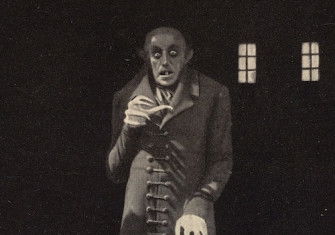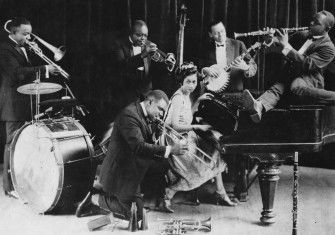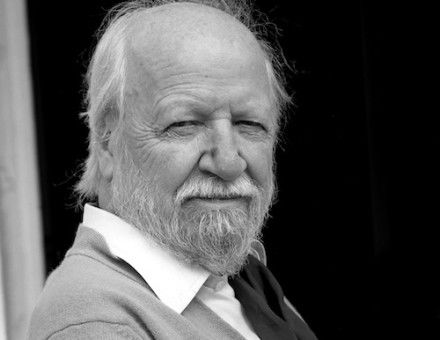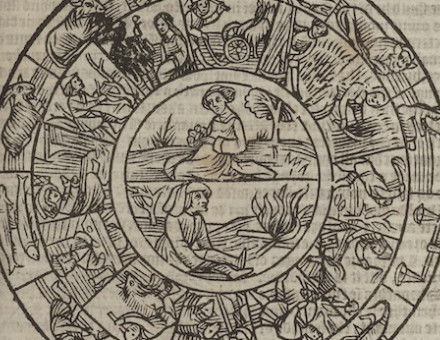‘Killing the Dead’ by John Blair review
In Killing the Dead: Vampire Epidemics from Mesopotamia to the New World, John Blair proves that you can’t keep a good corpse down.
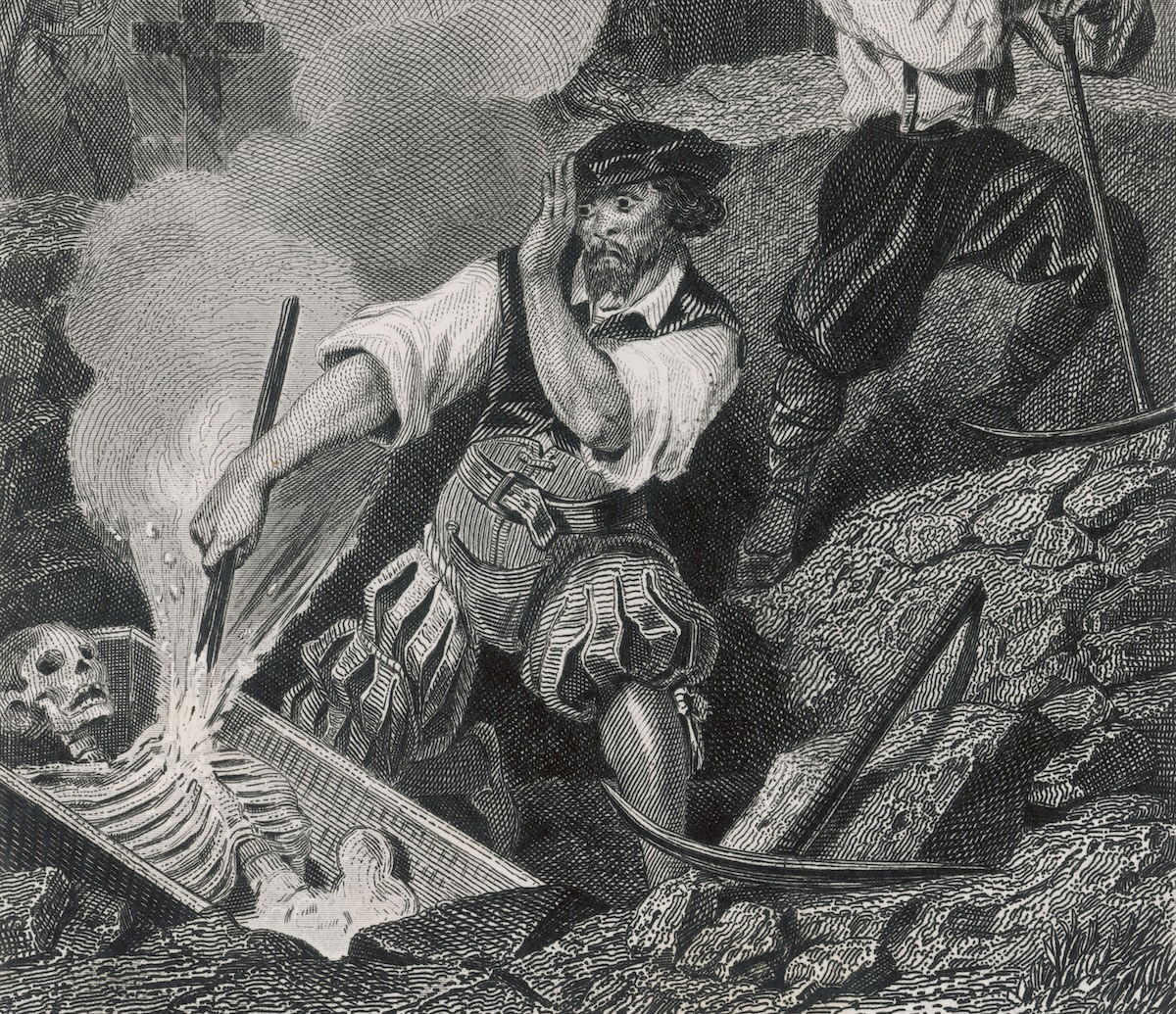
Around 1540 Martin Luther received a letter from a pastor in rural Saxony, asking for advice on how to deal with the corpse of a recently deceased woman who was steadily eating herself in the grave and, consequently, causing everyone in the village to die. It was an instance of a hungry ‘shroud-chewing’ corpse, often feared as the source of disease in 16th-century Europe. The severe Protestant reformer had no patience with ungodly peasant beliefs and angrily told his secretary ‘they only keep dying because they are so superstitious’. Luther suggested the villagers be told to get a grip and ‘go to Church and ask God to forgive their sins’.
Luther’s stance marks the cusp of a new dispensation in Northern Europe on matters supernatural. He was trying to establish a rigid division between the living and the dead (his attack on the doctrine of Purgatory also undermined the Christian rationale for ghosts lingering on in an in-between state). But Luther was fighting millennia of widespread belief in corpses coming back from their graves and well-established rituals for re-killing the restless dead. In a contemporary culture suffused with vampires and zombies, it might seem that Luther did not entirely win this argument.
John Blair’s Killing the Dead is a vast compendium of these beliefs, tracking the diffusion and mutation of the idea of the ‘dangerous dead’ across a swathe of cultures from Scandinavia via central Europe and Greece into India, Indonesia, and China. The timescale stretches from prehistory to the present. Archaeological evidence from early burials shows signs of corpses that have been weighed down with stones, or placed face down to confuse them, or have had their feet or legs cut off or mutilated to stop them walking. Some bodies are nailed down; others are pinned or staked. It is relatively easy, Blair cheerily informs us, to return to a grave after three or four months and twist the head off a corpse, which might also put a stop to these shenanigans.
Blair is an emeritus professor of Anglo-Saxon history at Oxford University. He is a little apologetic for a book that is his retirement project, crammed with evidence that has clearly taken decades to accumulate. It has a pleasingly donnish, slightly obsessional feel that made me think of Victorian armchair anthropologists such as Sir James Frazer, who gathered and synthesised vast quantities of arcane materials then published multi-volume tomes with titles like Fear of the Dead in Primitive Religion. Blair’s book has a similar exhaustive, sometimes exhausting, desire to chase down every last piece of data. As a result, it is authoritative and compelling, if occasionally overwhelming, sometimes becoming a patchwork of accumulated empirical detail. Blair’s principal aim, though, is admirably achieved. It is to argue that the modern vampire is a late and somewhat anomalous addition to this tradition of dangerous dead. It takes Blair a long series of chapters for the belief to arrive where many now think it starts: in Transylvania. This is a brilliant chronological sequence that follows the movement and modulation of the restless corpse through Europe over the centuries.
Most cultural histories of the vampire find its arrival in Western culture in reports emerging from the ragged edges of the Habsburg Empire in the 1730s. Vampire first appeared in English in the Gentleman’s Magazine in 1732, which contained an extract of an account in which disturbances ascribed to a recent burial in Medreyga, a village in Hungary, were investigated by officials of the Empire. A grave was opened and a corpse found supple, fresh, and suffused with blood. The ‘vampyr’ was re-killed by the villagers but the difference this time was that the event had been witnessed by surgeons and army officials representing one of the centres of the Enlightenment. By 1755 the government of the Empress Maria Theresa had issued a decree banning this ‘superstition and fraud’, but it was too late: the idea of the vampire had escaped the tomb and was spreading into German terror tales and English Gothic literature. Killing the unruly corpse, for which vampire is only one name among many, also remained stubbornly an actual practice in various places, and could flare up in ‘epidemics’ when conditions were right – often during wars, periods of forced religious conversion, or outbreaks of plague. Readers should be aware that Blair has little interest in the literary creation of the vampire: ‘We must forget Count Dracula’, he says, pointing out that there are many other places to go for that kind of history.
What is immensely valuable is the extraordinary cultural breadth and density of Blair’s sources, ranging from the flying female demons of Assyrian culture to ‘wonder stories’ from China, and the aswang of Filipino folklore who hunger for human flesh. He notes that many instances of these physical returns are gendered female – the unfulfilled young woman who becomes a sexual demon, the vengeful woman who dies in childbirth and menaces other children in her community, the domineering matriarch who continues to dictate the household after death. He also has a suggestive thesis that the ‘vampire belt’ of these beliefs across a particular swathe of the planet might have something to do with cultures that use shamans as intermediary figures between the worlds of the living and the dead. Is it that shamans create an interstitial space where the dead can physically return in ways that might feed the idea of walking corpses?
Blair’s arguments are cautious. Grand claims or universal psychological theories are nearly always eschewed in favour of a position that suggests reasons are always local and contextual. Clusters of abnormal burials or ‘epidemic’ panics of exhumation and re-killing he tends to link to wider cultural disturbances: Ottoman incursions into the Balkans, for example, or the Catholicism forced on West African slaves in the Caribbean. Official religious or government discourse has long tried to suppress these beliefs, but this fascinating history shows that you can’t keep a good corpse down.
-
Killing the Dead: Vampire Epidemics from Mesopotamia to the New World
John Blair
Princeton University Press, 536pp, £30
Buy from bookshop.org (affiliate link)
Roger Luckhurst is Professor of Nineteenth-Century Studies at Birkbeck, University of London.



